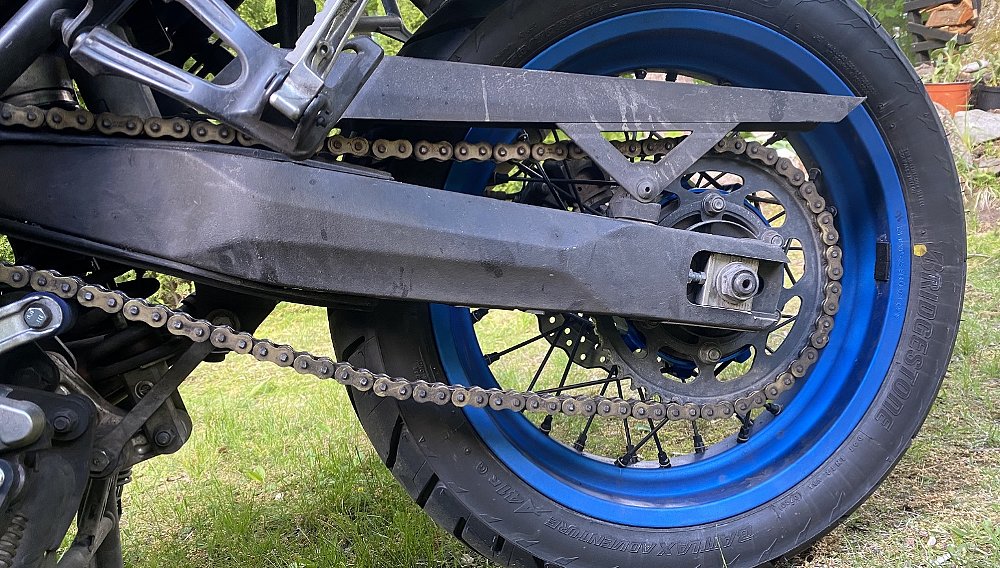As a rider, you probably appreciate a motorcycle that turns in easily, follows the road, and generally does what you expect, when you expect it. And while most motorcycles start out behaving well, I’ve found that there are several things that creep in gradually and can really screw up a bike’s handling.
Keep in mind that the issues I’m listing are progressive, meaning they increase in severity over time as things wear or worsen with mileage. That means you probably won’t notice them right away, or worse yet, you might just unconsciously adapt until things get really bad. The good news is that once you fix them, boy, your bike is going to feel a lot better.
Worn tires
You’d think that tire wear would be an obvious red flag, and yet, people seem to underestimate how much a flat-spotted rear or a triangulated front tire will inhibit a bike’s handling and stability.
Front-tire wear is especially problematic since it can appear minor, but has an outsized impact on how your bike steers. If the shoulders are worn flat, giving the tread a triangular profile, or there’s “cupping” or “scalloping,” meaning one side of the tread grooves is worn down while the other side still stands tall, your bike’s steering may feel heavy or vague. A telltale sign of uneven tire wear is a handlebar that threatens to oscillate violently when you loosen your grasp on the grips.
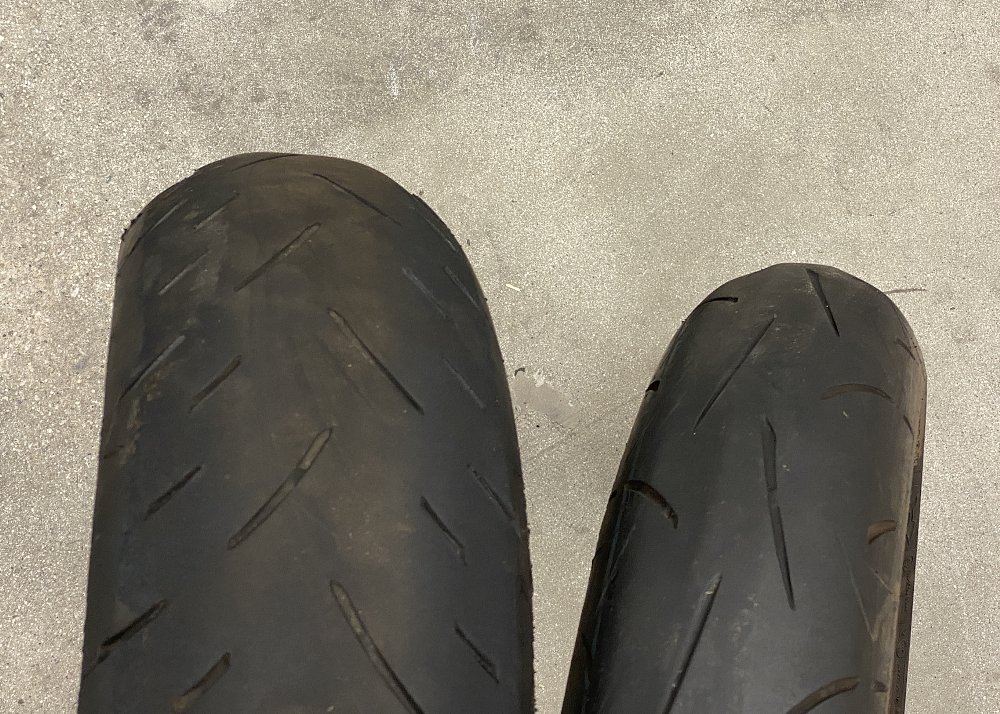
Tire wear is a sneaky handling killer. The tires’ profiles erode slowly over the course of thousands of miles, so many riders just get used to it. That’s why it’s important to check tire pressures and condition regularly, and why spooning on new tires with a fresh, round, responsive profile is so damn satisfying. New tires can make your machine feel like a new bike, at least in terms of handling.
Sticky steering-head bearings
Several times I’ve ridden motorcycles that exhibited an odd and unnerving behavior: As soon as you initiate steering input, it feels like someone nudged the side of the bike. It was a subtle sensation, but it threw off my balance, and really sapped my confidence.
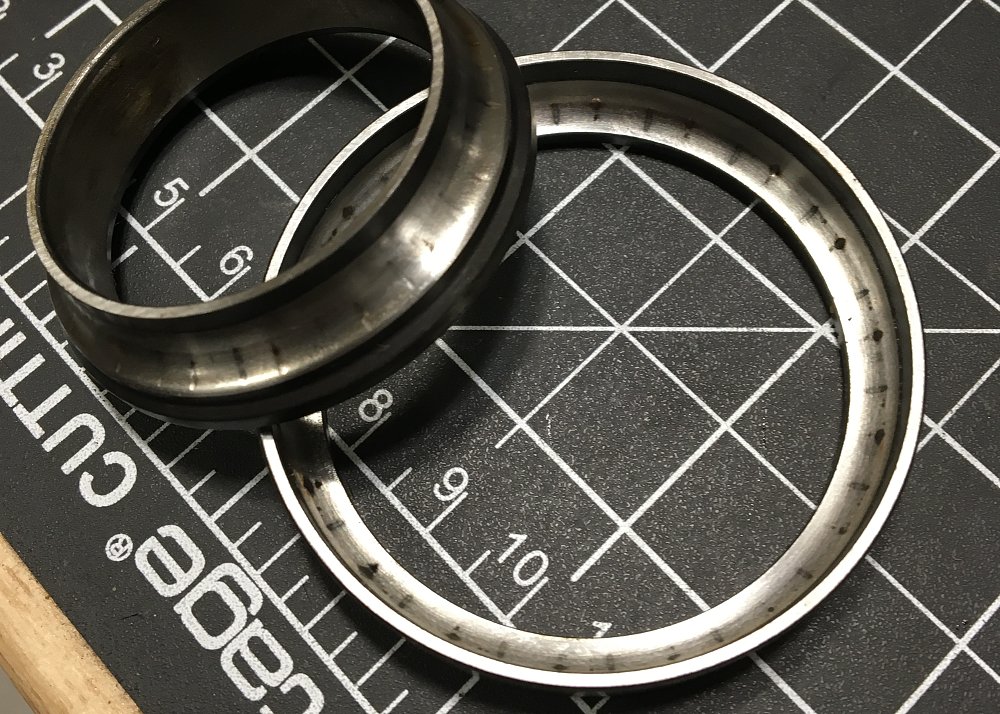
Turns out, the issue was either tight, dry, or worn steering-head bearings. When the bearings that secure the fork and front wheel to the frame don’t pivot freely, turning the handlebar actually turns the chassis slightly, too, which is why it feels so awful and screws with your balance. And like tire wear, steering-head bearing issues take a long time to develop, often tens of thousands of miles or more.
Wheel bearings will also wear and fail, introducing play at that oh-so-critical axle-to-hub interface that can manifest as all kinds of serious handling woes. That’s why I make it a habit to inspect my wheel bearings every time I change tires. Just stick your finger in the center and rotate, push, and pull on the inner race. It should spin smoothly, and have zero radial or axial play.
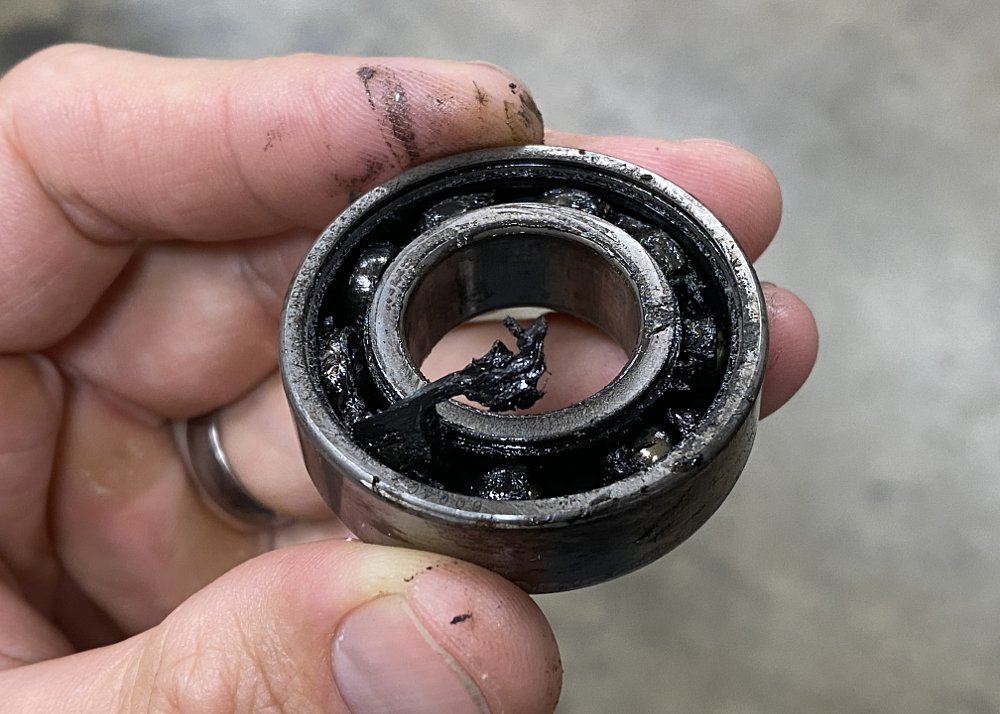
To check your steering head bearings, put the bike on its center stand or rear stand, then carefully jack up the front of the bike so that the front wheel is just off the ground. Now grasp the fork at the axle and push and pull it gently. There shouldn't be any play. Next, stand by the bike and swing the steering from lock to lock. If there’s a lot of drag, the steering feels notchy, or if the handlebar swings back to center on its own, that suggests tight, dry, or worn bearings, and you should definitely do something about it.
Keep in mind that if the handlebar flops to one side or feels like it wants to turn on its own, that might be because the control cables or wiring harness are imparting a little pressure, and not necessarily because there’s an issue with the bearings.
Excess throttle slack
Sloppy throttle freeplay is definitely something that will make your bike harder to ride, and it’s one of my pet peeves.
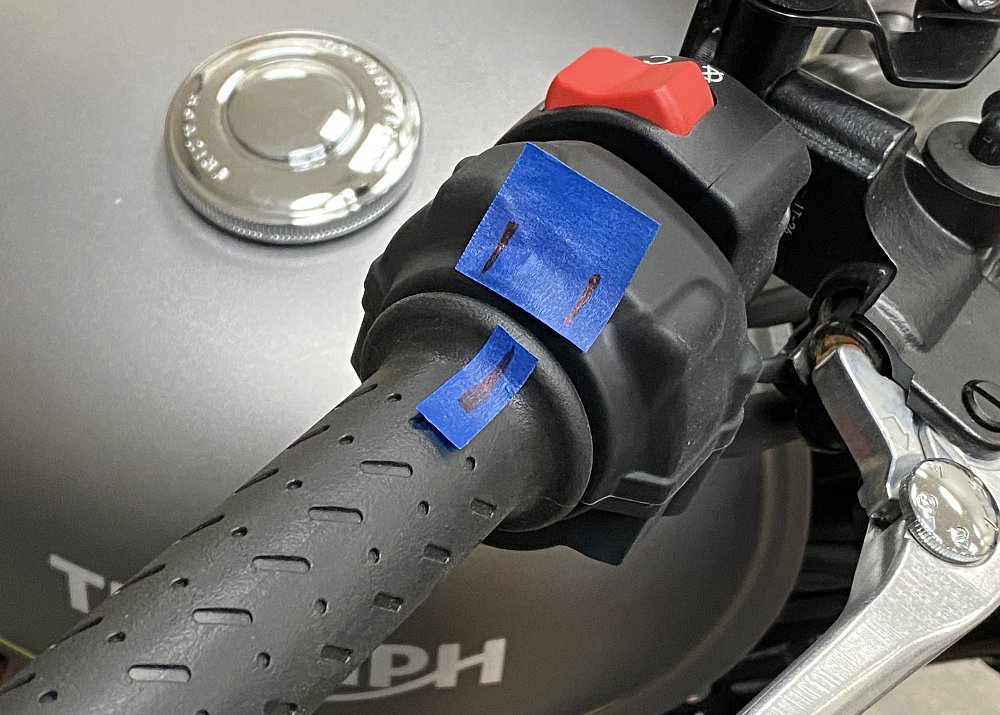
Excess throttle slack is one of those simple little things that can really ruin your riding experience, because if you have excess throttle slack, there’s going to be a delay between when you initiate throttle input and when the engine actually responds. That’s a miserable way to try to ride a motorcycle, and might even lead you to think there’s something wrong with your engine. In fact, I was at a track day once where someone was convinced there was a problem with their fuel injection because of the way the engine lagged and then accelerated abruptly — in the end, they just had loose throttle cables.
Your bike’s cables will stretch a little bit and wear into their housings over time, so the throttle slack on your bike has probably increased since you started riding it. Luckily, adjusting the slack is super easy, and we already have a video that shows you how to do it.
Driveline lash
Speaking of excess slack, a severely worn chain and sprockets or cush drive give a similar sensation to too much throttle freeplay, and can make feeding power in smoothly harder than it needs to be.
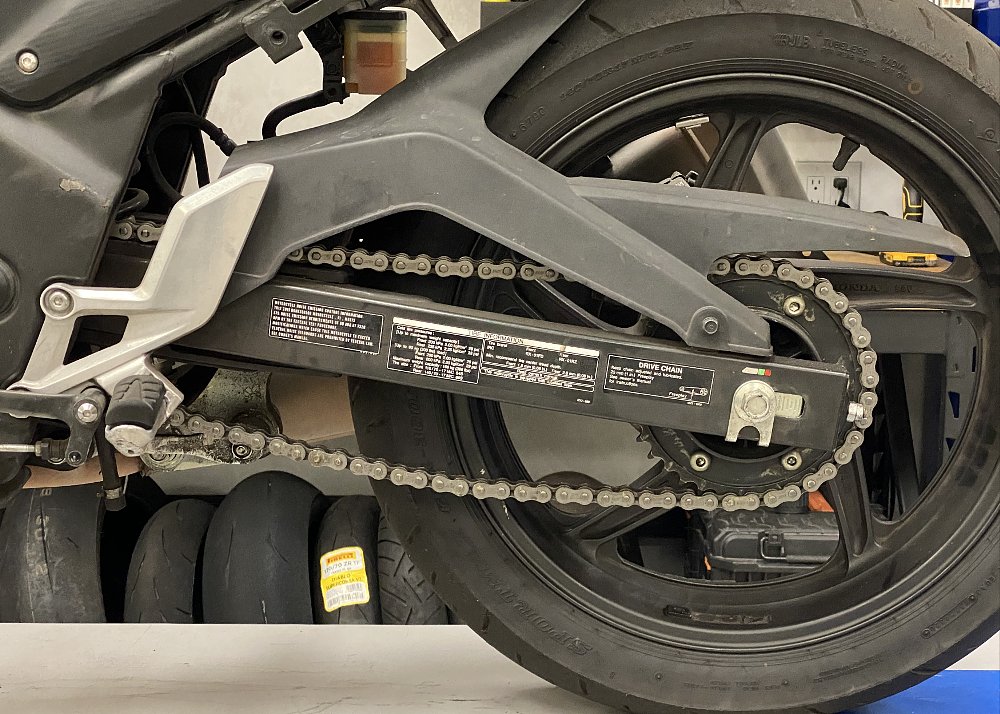
You might just view a sagging chain as a worn-out component, but what you might not realize is that the chain is slack because there’s excess clearance between the link pins and bushings. That little bit of clearance within each link adds up to a lot of tensile play (I’ve seen as much as an inch over the length of a 114-link 525 chain) that can make the initial phase of acceleration and engine braking abrupt, which again, makes a bike harder to ride.
Likewise, the cush-drive rubbers inside your bike’s rear hub, which act as cushions between the sprocket carrier and wheel, may be worn or compressed and introducing free rotation. Slack anywhere in the driveline makes the initial phase of acceleration and deceleration jarring.
Leaking suspension
If your engine leaks a little bit of oil, it’s acceptable to wipe it off with a rag and carry on. However, if your fork or shock seals are dribbling, that’s something you should attend to right away. That’s because there’s not a lot of oil to lose in a fork or shock, and once it starts leaking out, you start losing damping, so your bike will bounce more and feel less planted and stable.

Again, like tire wear or head-bearing issues, losing suspension fluid is generally something that happens slowly, so you might not notice your fork and shock’s damping response is deteriorating. And a leak isn’t just bad for your bike’s handling; the oil often ends up on your brake discs and pads, and eventually the loss of lubricating oil will damage the bushings in your fork and shock.
And there you have it, a handful of issues that may appear insubstantial, but can subtly — or significantly — impact the way your bike rides. So if you like the way your motorcycle steers and goes over bumps and generally behaves, make sure you keep an eye on these items so they don’t sneak in and ruin your bike’s handling.












